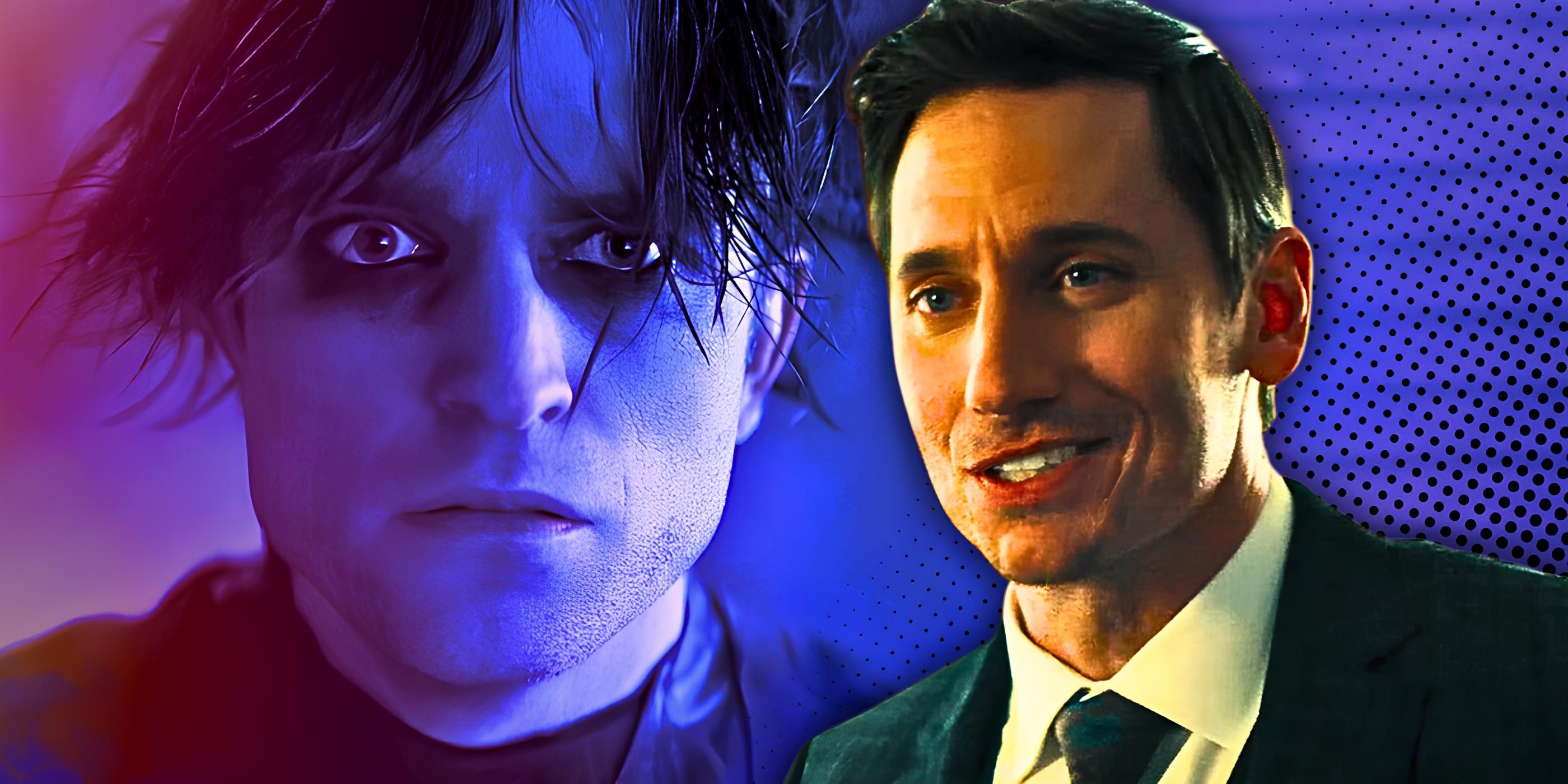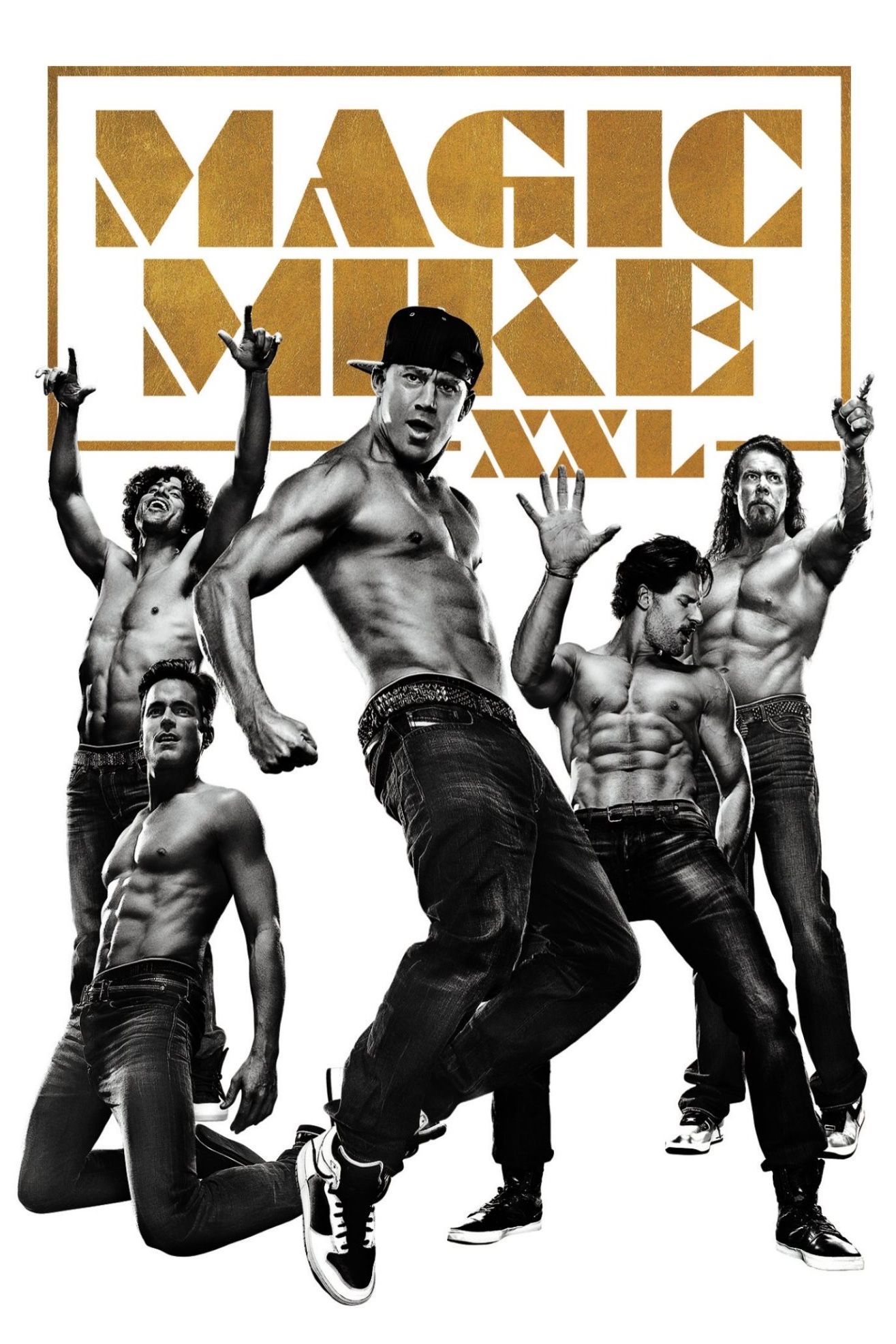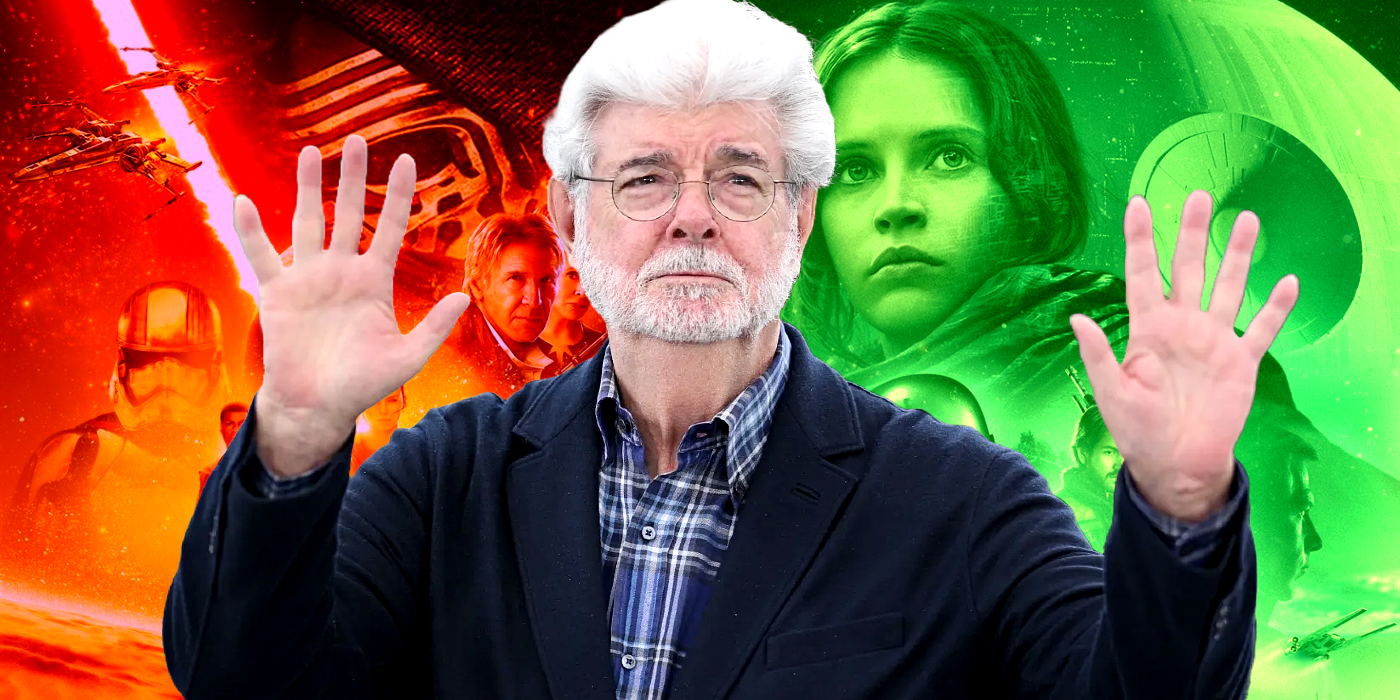The iconic Blade Runner, directed by Ridley Scott, whimpered out in theaters, but slowly became a cult classic and is now regarded as one of the finest films ever made. Every aspect of its design, from the gripping narrative to the production design and cinematography, is masterful perfection. The world built by the crew feels believable and lived in.
With November 2019, having recently passed, we thought it a good time to look back on the film’s fictional technology and see how accurate they were. Five pieces of tech listed below from Blade Runner are things we have today, while the other five will probably remain dreams forever. The last entry includes a spoiler from the beginning of Blade Runner 2049, so be wary of it before scrolling all the way down.
Have: Self-Driving Cars
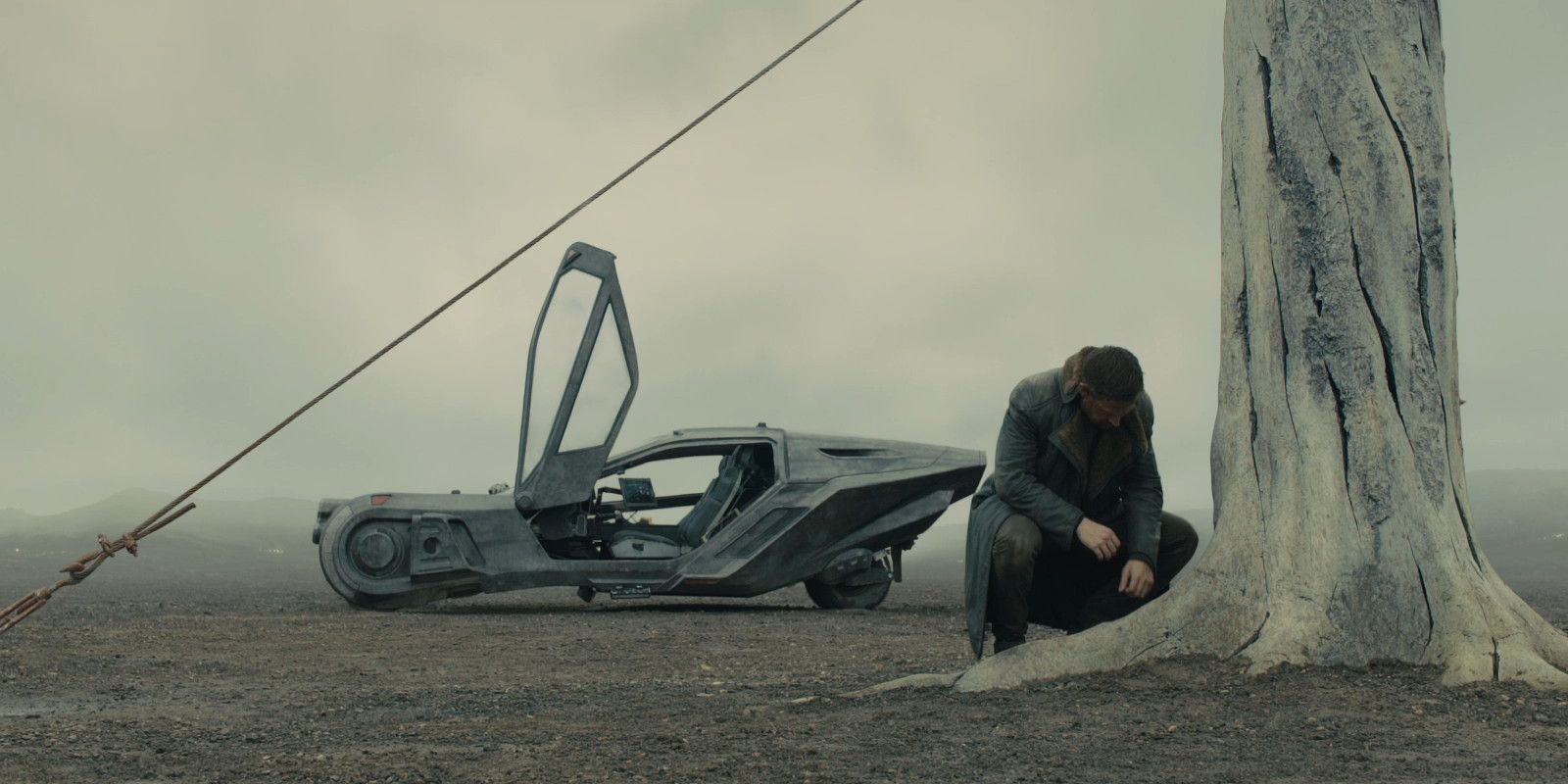
The automobile revolutionized the world. Never before could people and materials be transported so quickly. Blade Runner envisioned a future where people could take their hands off the wheel and let the machine do all the work. This ability now exists in the real world too, though it is not common place. Teslas have an autopilot feature not quite as robust, but give it a few years and people will soon forget how to even operate a motor vehicle. Then, people eschewing the virtues of manually driving cars will be just as insufferable as the vinyl aficionados swearing by the format as the best way to listen to music. And while they may be irritating, they’ll probably be right.
Never Have: Flying Cars
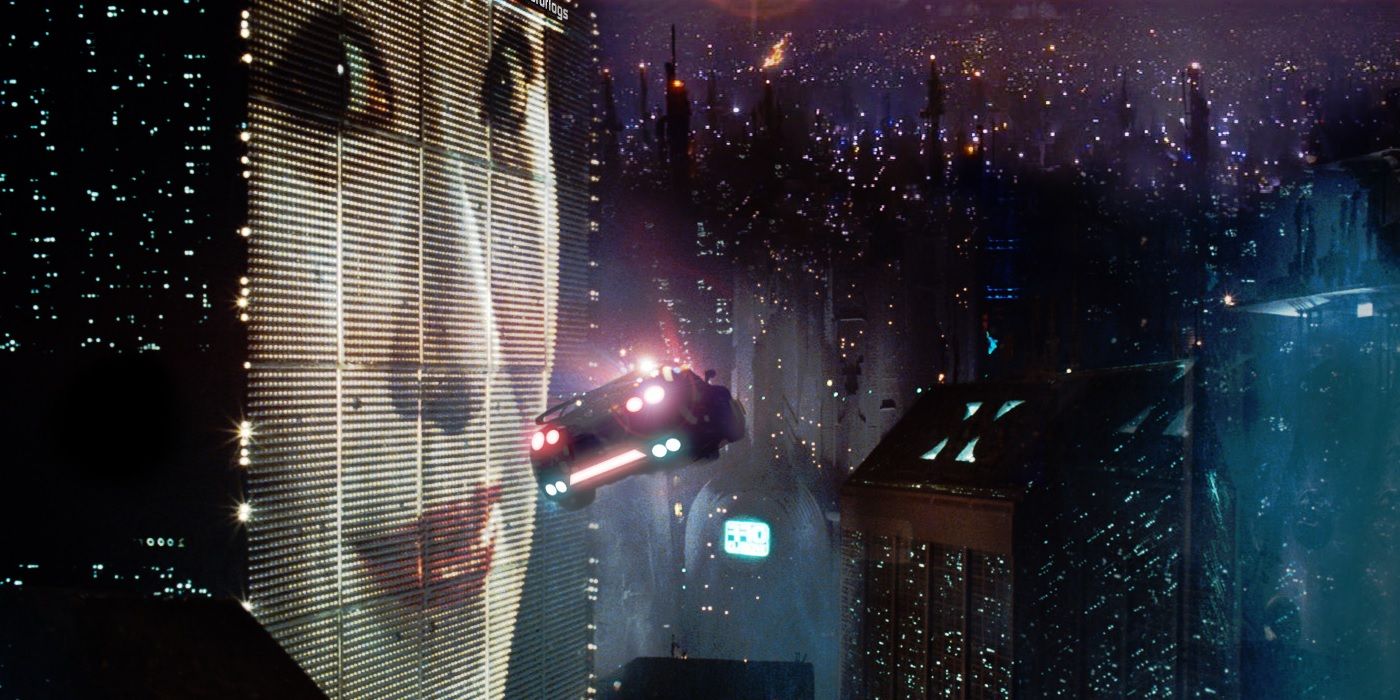
Not only do the vehicles in Blade Runner have a mind of their own, they can also fly. As novel an idea as this is, it probably won’t become a reality, at least not to the extent of the film. Think of how pragmatic having one actually is. Would it really help in everyday situations? Sure, one could use it to get over a river, but in cities it would be a nightmare. Automobile accidents would see vehicles wrecking the sides of skyscrapers and then bouncing down to the street, damaging everything in its path. How would roads and highways get organized?
Have: Video Calling
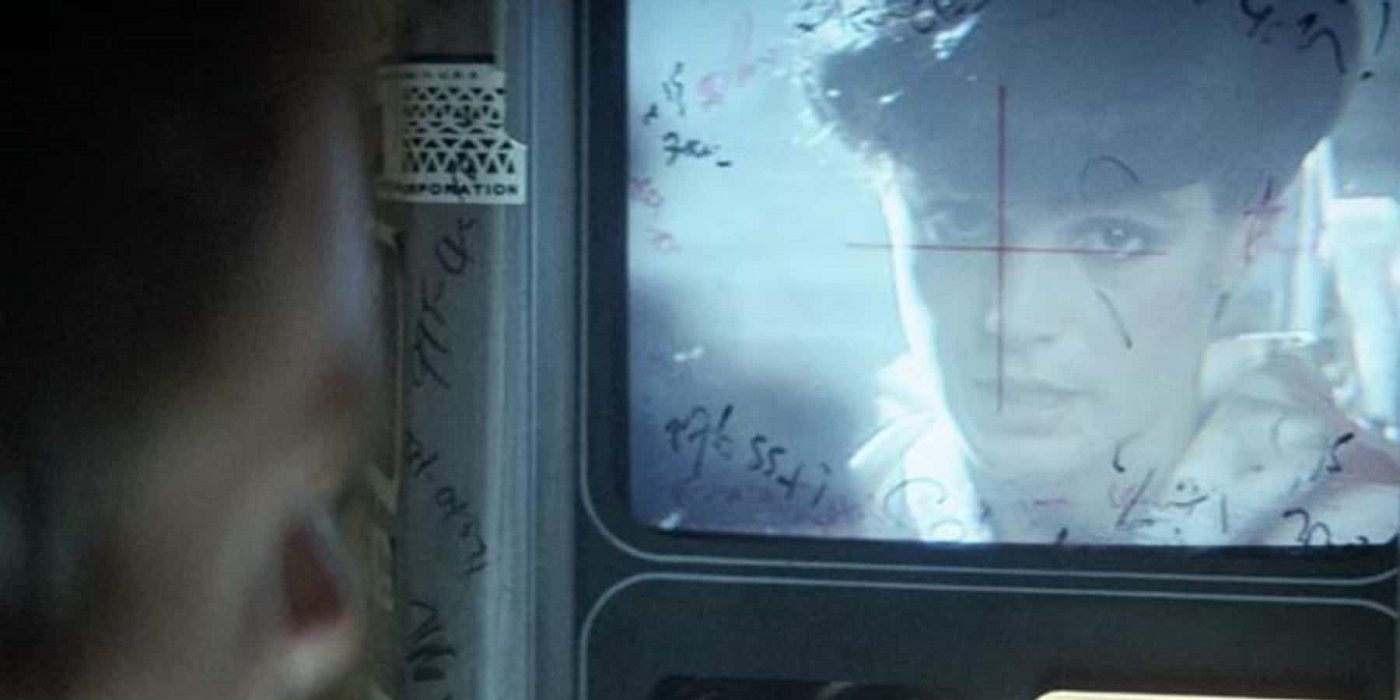
Deckard, played by Harrison Ford, calls several people from booths, talking through a video monitor. Phone booths are a thing of the past thanks to cellular communication’s ubiquity, but video calling has recently become all the rage. Instead of only hearing someone’s voice, people can look at each other and speak while being half way across the world from each other. It helps loved ones and friends feel more connected despite the actual distance between them. Thanks to certain applications, doing so doesn’t even take up minutes on a cell phone plan.
Never Have: Space Colonization
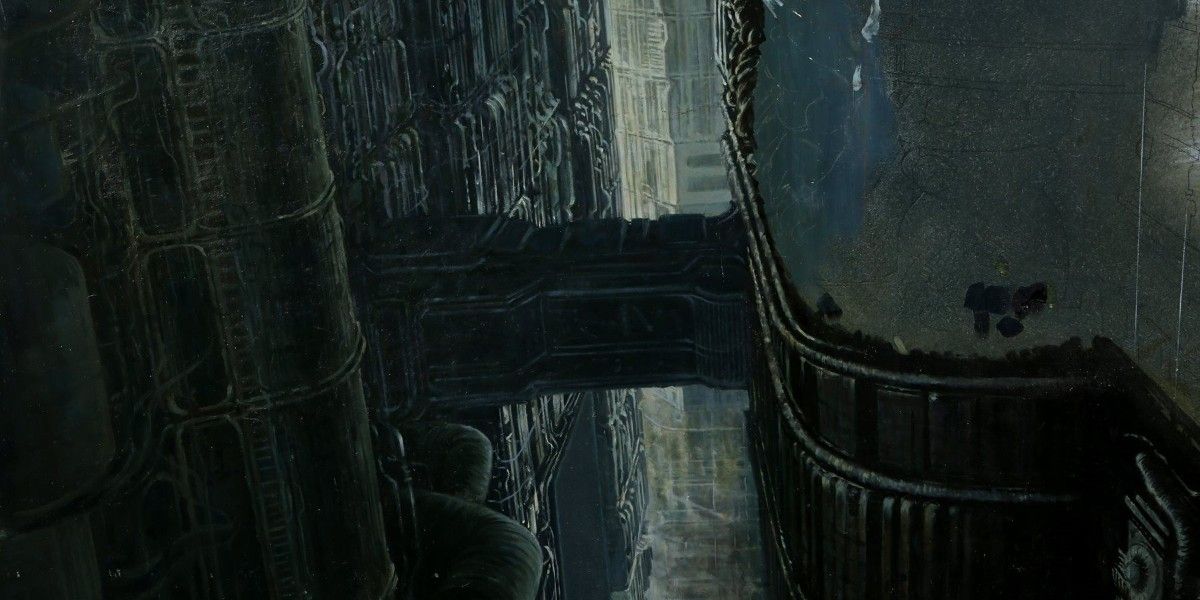
Replicants are sent off-world to work dangerous jobs in mines out of sight where most humans never go. Humanity hasn’t yet conquered the stars, but they are exploiting the androids in order to spread their reach. Getting off the planet is unlikely in the next several lifetimes. It may be out of our reach entirely. Many scientists warn us not to look to the stars for salvation, and that Earth is the only home we’ll ever have, so we need to take care of it. Most of the population couldn’t handle space travel for many reasons, either. So if the world becomes uninhabitable, will we just let the majority of the population rot and a select few get to shoot off into outer space?
Have: Smart Homes
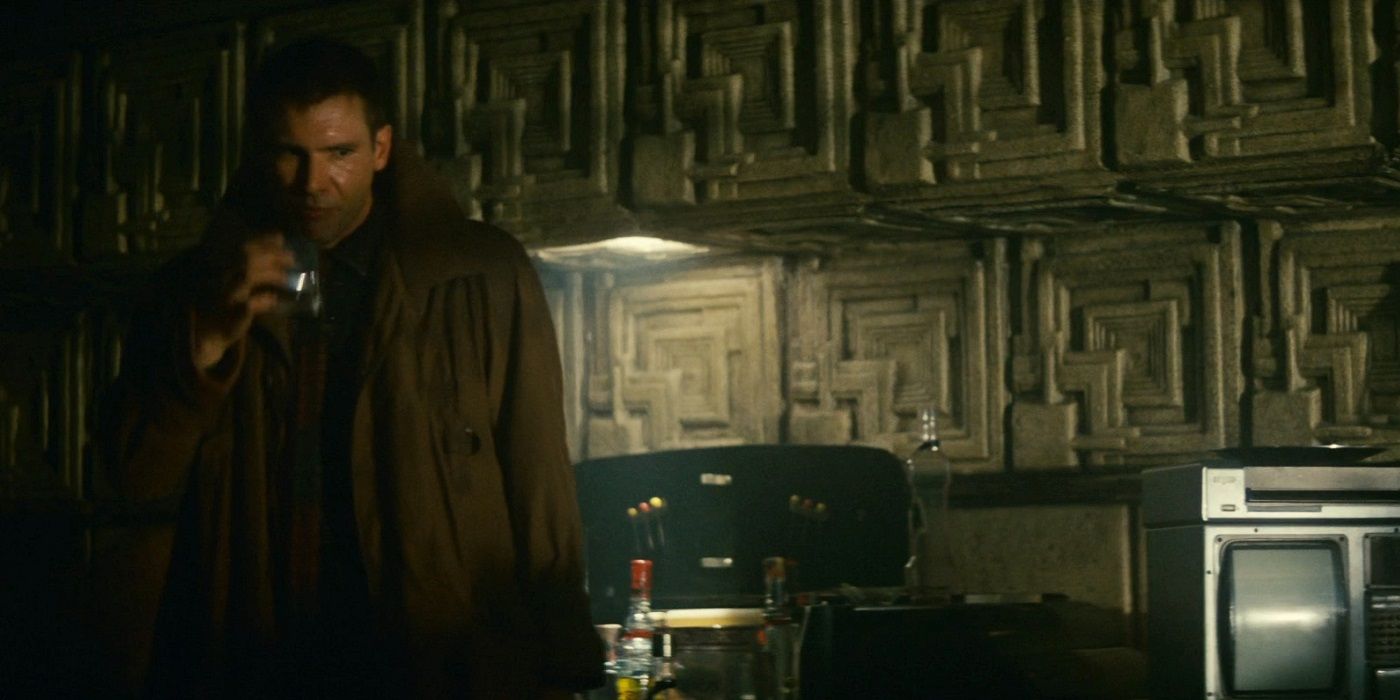
Deckard’s apartment may look crummy and unkempt, but at least he can talk to it. In 1982, this was a wild technological leap, but it is now a standard feature in many middle class homes. Smart homes make going about one’s day in their abode a little easier.
To be fair, such a feature may seem too luxurious. Do people really need a voice-activated light switch or TV remote? Most tech has a real-world use benefiting humankind; this one just seems to make people lazier.
Never Have: Esper Machine
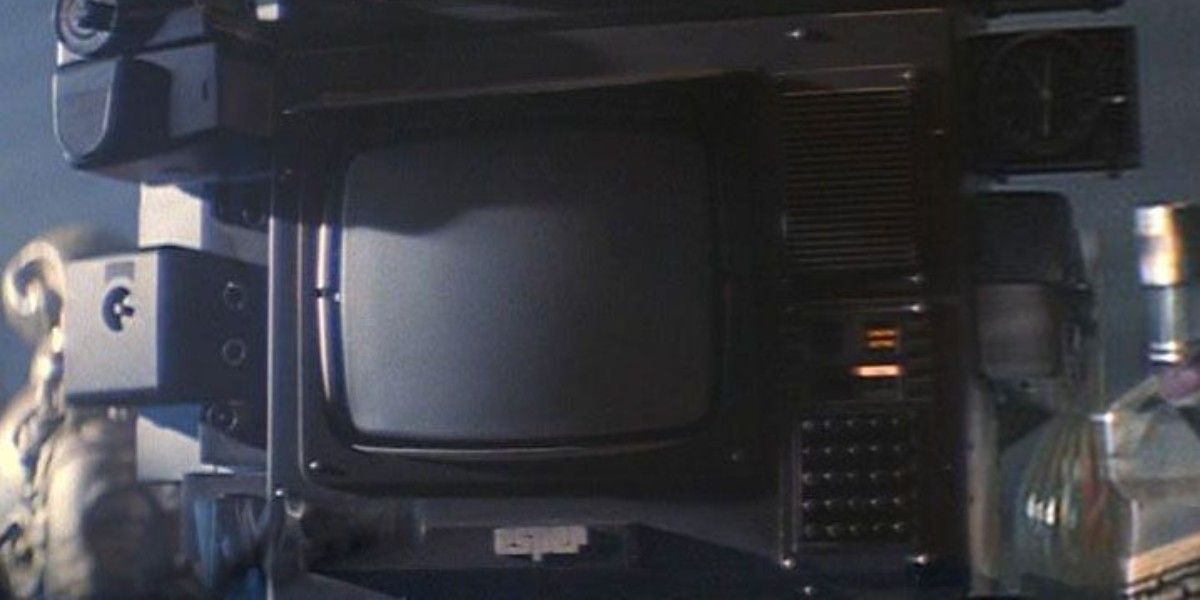
While investigating Roy Batty’s whereabouts, the detective uses what’s called an Esper machine to closely analyze photographs for evidence. The machine is so advanced, he picks up a clue from a reflection in a mirror. Resolutions these days are impressive, but they are nowhere near as close to being able to pick up minute details with such clarity. If one zoomed in to such a degree on a modern camera, the picture would look unrecognizable as a photo of anything.
Have: Holograms
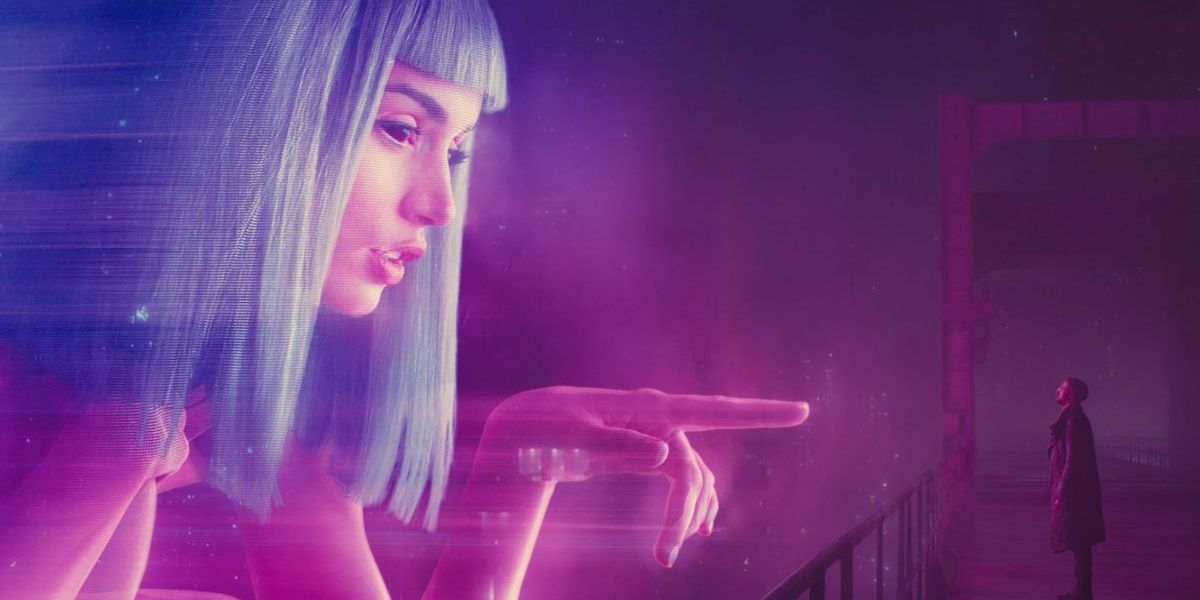
These are mostly absent in the original, but Blade Runner 2049 uses holograms for advertisements and K has one as a girlfriend in his home. Just a few years back, this tech’s potential was all the rage after a live concert featured a Tupac hologram.
It was a neat trick, but it didn’t revolutionize live music. Still, the technology has important uses. A recent project called New Dimensions in Testimony uses holograms to preserve Holocaust survivors’ firsthand accounts of the horrors they experience, to make sure history doesn’t lose their stories.
Never Have: Voight-Kampff Machines
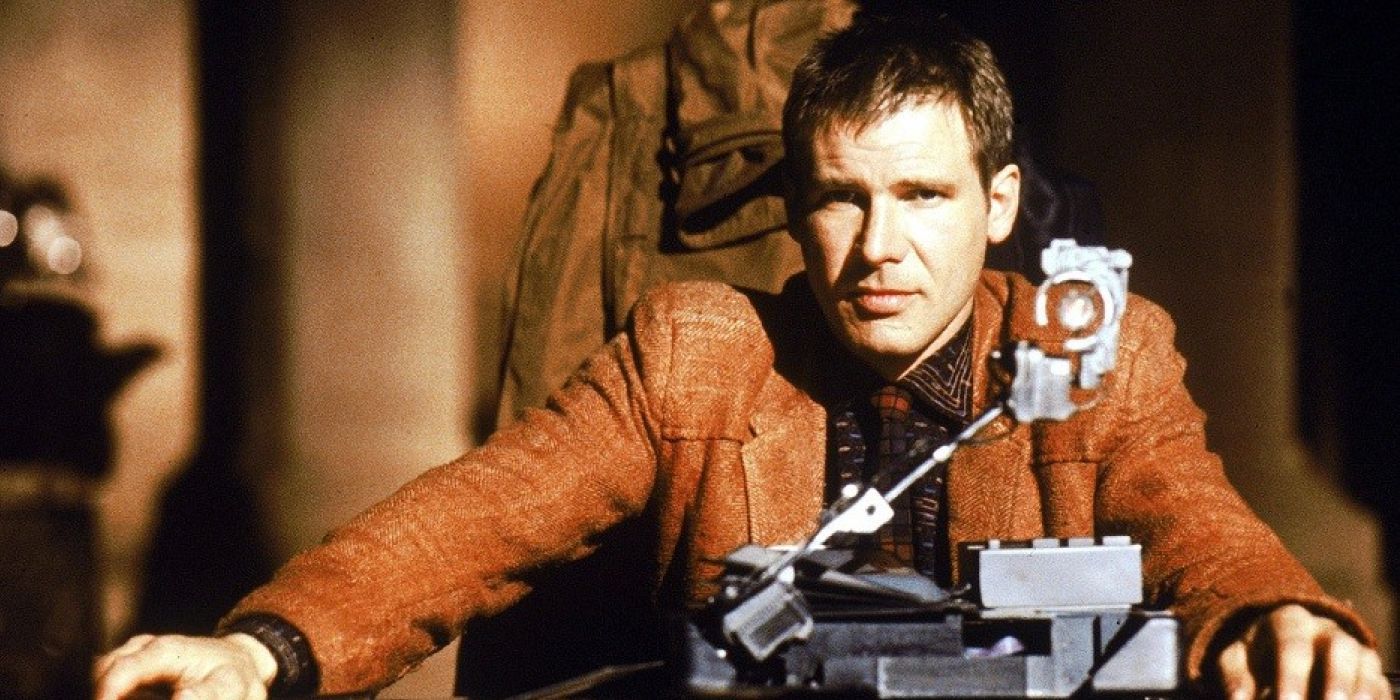
These machines are used to distinguish a replicant from a human. Androids are so similar to real people, it is almost impossible to tell them apart without the test. Should humanity ever develop such beings, they would probably install software in them to make them easy to detect. Additionally, workers probably wouldn’t be given the tools to become self-aware, either. This won’t exist not because of its improbability, but because it won’t ever be needed.
Have: Artificial Intelligence
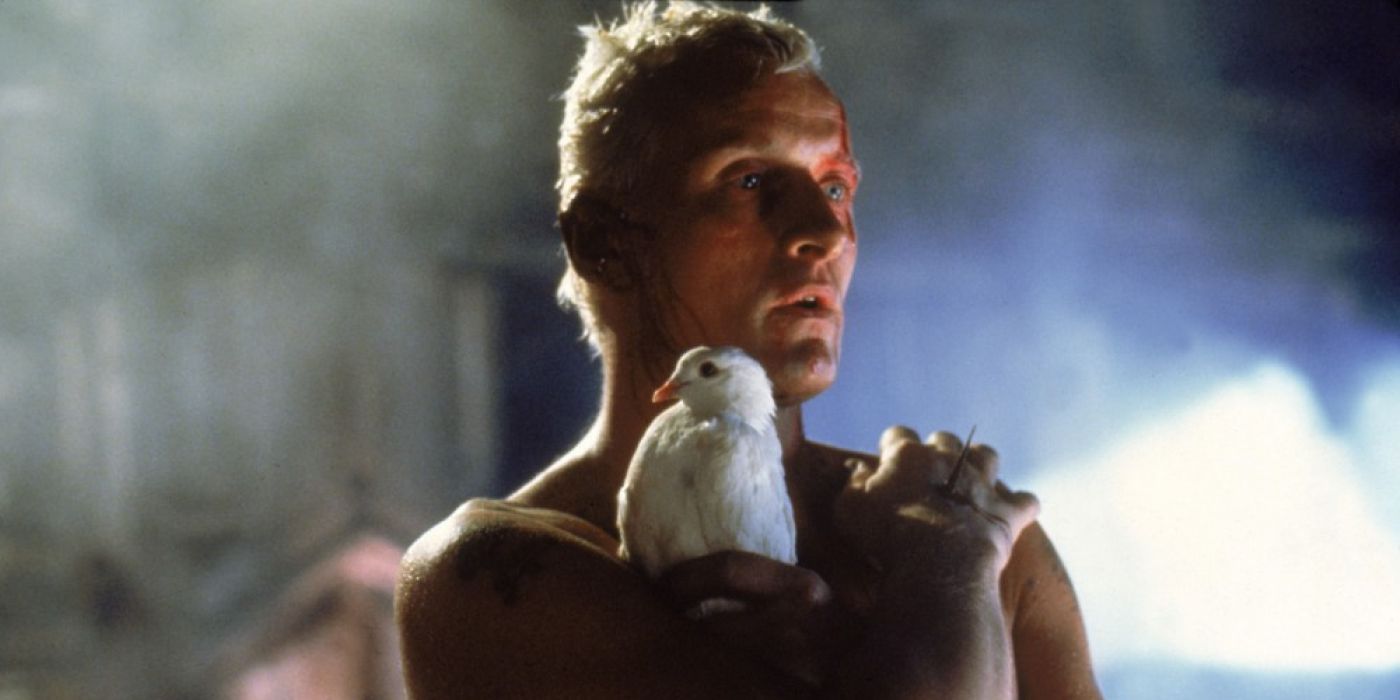
The main question raised in Blade Runner is how much humanity is really inside replicants? Are their feelings just as genuine as other humans’? These questions could soon pop up in the real world as our advancement in the field accelerates faster and faster. A.I. has come a long way in only the past few years, as they are programmed to do many functions one could only dream of a robot doing a few decades ago. It’s far beyond the systems controlling NPCs in games.
Never Have: Androids Having Babies
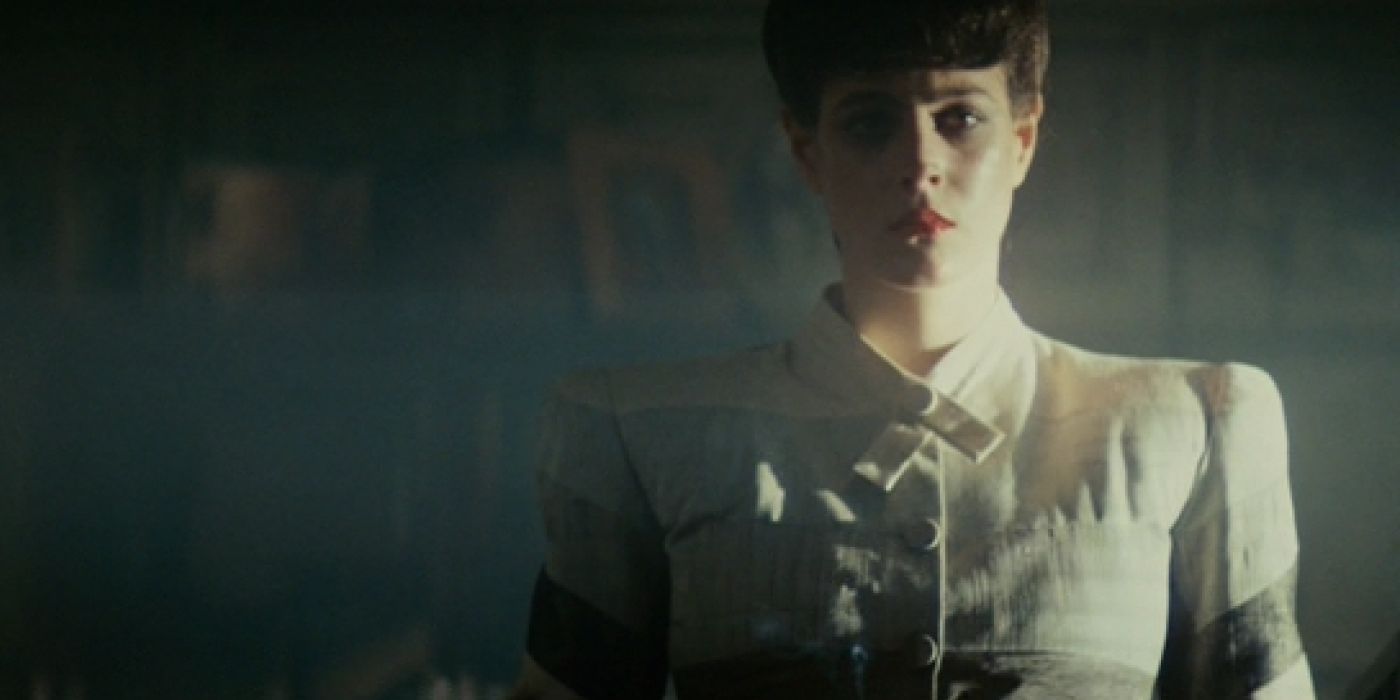
This discovery kicks off the events of Blade Runner 2049. K finds a replicant skeleton who birthed a child.
Even the current head of the Tyrell Corporation is in the dark about how this happened, and spends most of the movie trying to figure it out. In real life, humanity would have to worry about making synthetic humans before even getting into the complexities of their potential pregnancies and births.
